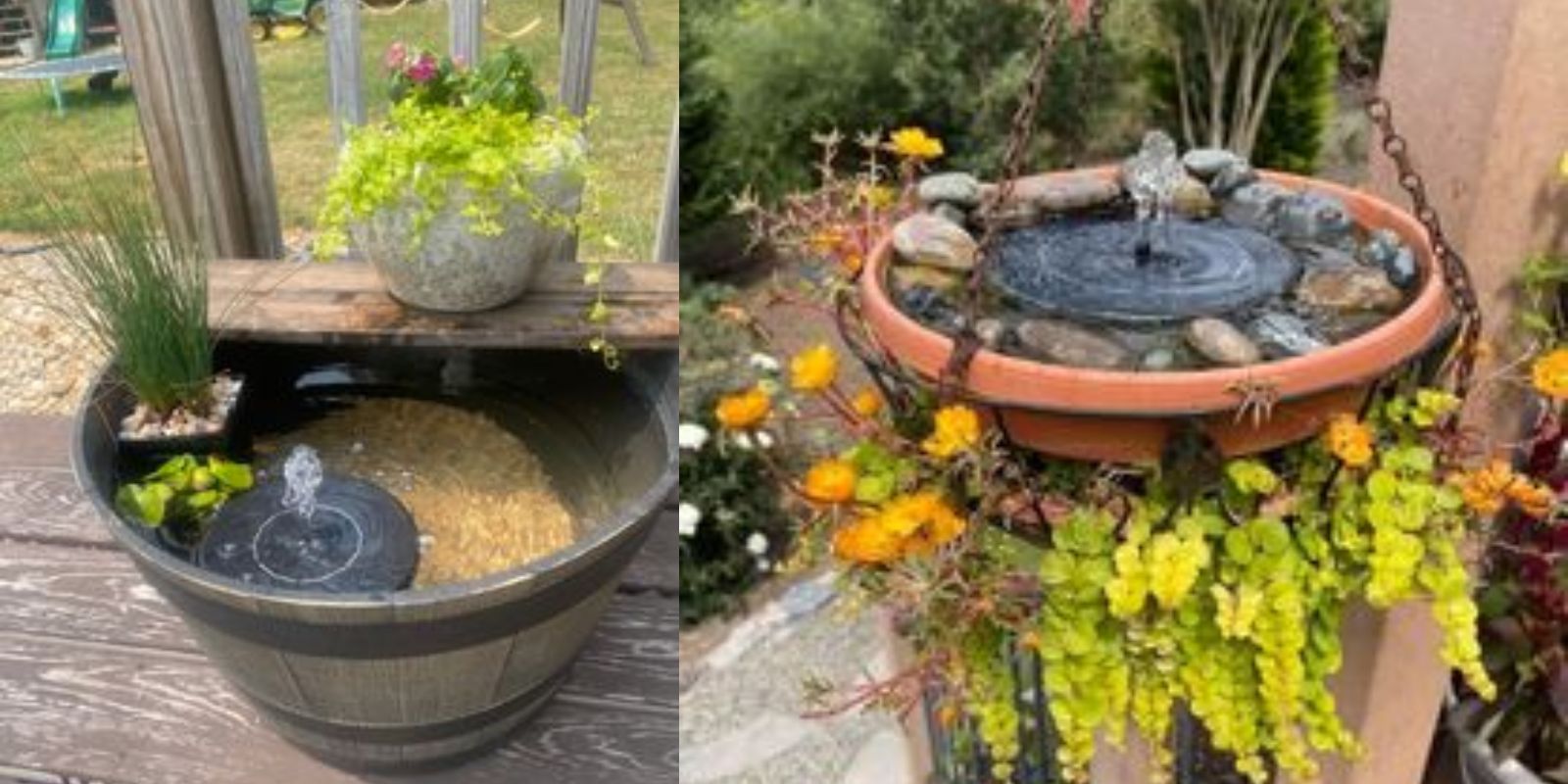Creating a homemade pond using an old tire is a wonderful way to recycle, get creative, and add a unique feature to your garden. This project is both eco-friendly and budget-conscious, making it accessible for anyone looking to enhance their outdoor space. In this article, we’ll guide you through the step-by-step process of transforming an old tire into a charming pond, complete with tips and tricks to ensure your pond thrives. Let’s dive into this exciting DIY project!
Why Create a Tire Pond?
Using an old tire to make a pond has several benefits:
- Recycling: It’s an excellent way to repurpose a tire that might otherwise end up in a landfill.
- Cost-Effective: This project requires minimal investment, especially if you already have some of the materials on hand.
- Aesthetic Appeal: A small pond can enhance the beauty of your garden, attracting wildlife and creating a serene focal point.
- Customization: You can personalize your pond with plants, decorations, and even small fish, making it a unique addition to your garden.
Materials Needed
Before you start, gather the following materials:
- An old tire (preferably a large one from a truck or tractor)
- Shovel
- Durable plastic sheet or pond liner
- Sand or soft soil
- Water
- Aquatic plants and decorations (optional)
- Gravel and rocks (optional)
Step-by-Step Guide
- Choose the Location
- Select a suitable location in your garden for the pond. Consider an area that gets a balance of sunlight and shade to support plant and aquatic life. Ensure the ground is level to avoid water spillage.
- Clean the Tire
- Thoroughly clean the tire to remove any dirt, grease, or debris. This is crucial to ensure a healthy environment for your pond’s ecosystem.
- Dig a Hole
- Using a shovel, dig a hole in the chosen location that is deep enough to fit the tire. The depth of the hole should match the thickness of the tire, allowing the top of the tire to sit slightly above ground level.
- Place the Tire
- Place the tire into the hole, ensuring it sits level. Adjust the hole as needed to achieve a snug fit. The tire should be stable and not wobble.
- Line with Plastic
- Line the inside of the tire with a durable plastic sheet or pond liner. Make sure the liner extends beyond the edges of the tire. This will hold the water and prevent it from seeping into the ground.
- Secure the Liner
- Fill the bottom of the tire with a few inches of sand or soft soil to protect the liner from punctures. Fold the excess liner over the top edge of the tire and secure it in place with rocks or bricks.
- Fill with Water
- Gradually fill the tire pond with water, smoothing out the liner and removing any air pockets. As the water level rises, adjust the liner to ensure it fits neatly against the inside of the tire.
- Add Gravel and Rocks (Optional)
- For a more natural look, add a layer of gravel or small rocks to the bottom of the pond. This also provides a habitat for beneficial bacteria and microorganisms.
- Introduce Aquatic Plants and Decorations
- Enhance your pond by adding aquatic plants such as water lilies, reeds, or floating plants. These not only beautify the pond but also help maintain water quality by absorbing excess nutrients. You can also add decorative elements like stones, statues, or small fountains.
- Maintain Your Pond
- Regularly check the water level and top it up as needed. Remove any debris that falls into the pond and monitor the health of your plants. If you choose to add fish, ensure the water is properly aerated and cleaned.
Tips for a Thriving Pond
- Balance Sunlight and Shade: Too much direct sunlight can lead to algae growth, while too much shade can hinder plant growth. Aim for a balance to keep your pond healthy.
- Choose Hardy Plants: Select plants that are well-suited to your climate and can thrive in a small pond environment.
- Regular Cleaning: Periodically clean the pond to prevent the buildup of algae and debris. This will keep the water clear and healthy for plants and any aquatic life.
- Monitor Water Quality: Test the water periodically for pH levels and other parameters if you have fish in the pond. Healthy water is crucial for the well-being of aquatic life.
Benefits of a Tire Pond
- Attracts Wildlife: A pond can attract beneficial wildlife such as birds, frogs, and insects, creating a vibrant ecosystem in your garden.
- Promotes Relaxation: The sight and sound of water can have a calming effect, providing a tranquil retreat in your own backyard.
- Educational Opportunity: A pond offers a hands-on learning experience for children and adults alike, fostering an understanding of ecosystems and the importance of recycling.
- Increases Property Value: A well-maintained garden feature like a pond can enhance the aesthetic appeal of your property, potentially increasing its value.
Conclusion
Transforming an old tire into a homemade pond is a rewarding project that combines creativity, sustainability, and gardening. By repurposing a tire, you create a beautiful and functional addition to your garden, benefiting both the environment and your outdoor space. This DIY project is straightforward and adaptable, allowing you to customize your pond to suit your personal style and garden layout.
Join the conversation! Have you created a tire pond or any other unique garden projects? Share your experiences and tips in the comments below to inspire others!

